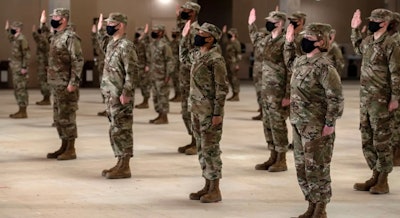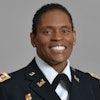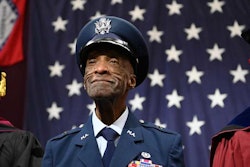The U.S. Air Force has eased body fat restrictions for recruits as of April 1, The New York Post reported. The percentage of body fat allowed has increased from 20% to 26% BMI (Body Mass Index) for males and 28% to 36% for females. These changes will allow up to 100 more recruits to join the Air Force a month.
The new body fat standards are part of several the Air Force initiatives to appeal to more candidates without lowering the branch’s standards, Air Force Recruiting Service spokeswoman Leslie Brown said.
“The Air Force is looking to open the aperture on qualifying a broader pool of young Americans for service in the Air Force. These changes bring the Air Force in line with DOD (the Department of Defense) policy,” Brown said.
The military has been facing issues with recruitment given national body weight trends. One out of three adults ages 17-24 is too overweight to enlist, according to the Centers for Disease Control and Prevention.. And since 2018, 71% of U.S. adults are not eligible to enlist due to weight, level of education, or criminal record.
“The military has experienced increasing difficulty in recruiting soldiers as a result of physical inactivity, obesity, and malnutrition among our nation’s youth. Not addressing these issues now will impact our future national security,” retired Army Lt. General Mark Hertling said.
To note, of U.S. active-duty service members, 19% of military personnel were reported to be obese in 2020, according to the CDC. It costs the DOD almost $1.5 billion annually to address obesity-related healthcare costs of service members and their families, including replacing military personnel removed from service due to their weight.





















